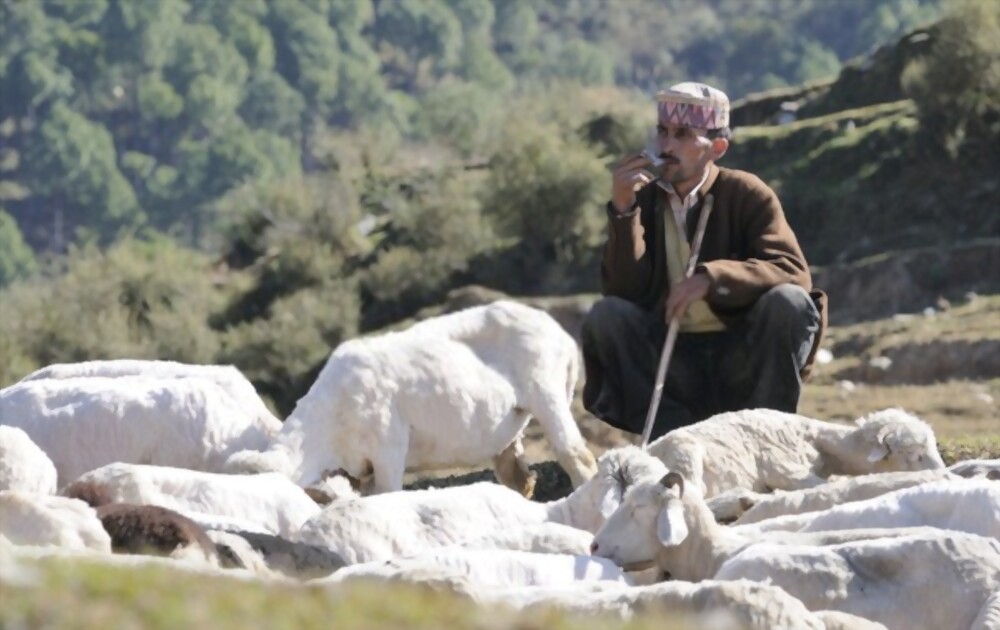Saket Saurabh
Tribal migratory shepherds, or Gaddis, living in the North-Western Himalayan region are well-known for their nomadic lifestyle. These shepherds, along with their livestock, primarily sheep and goats, migrate seasonally in the North-Western Himalayan region to help their livestock survive the cold winters and hot summers.
Due to harsh environmental and other factors, such as attacks by wild animals, non-availability of medical facilities, and lack of transportation and electricity, they have to rely on various plant species to treat livestock diseases.
Shoolini researcher, Assistant Professor in the Botany department, Dr Radha, and Research Scholar Suraj Prakash studied ethnoveterinary practices of Gaddis. Ethnoveterinary medicine comprises the traditional management of veterinary diseases, their remedies, and the elements associated with the healing procedures practised by the local community.
In a first, the study documented the current oral ethnoveterinary knowledge of Gaddi shepherds living in the North-Western Himalayan region. The documentation of plant species mentioned for ethnoveterinary use was executed through extensive field surveys from 2017 to 2019. Data was collected through direct interviews by administrating questionnaires among tribal migratory shepherds.
A total of 181 plant species mentioned for ethnoveterinary use belonging to the same or different families were documented during the seasonal migration of shepherds from the North-Western Himalayan region. The most frequently occurring family of plant species mentioned for ethnoveterinary was Poaceae. Their leaves and roots were reported to be the most commonly used plant parts.
Other high-use species were Cynodon dactylon, Chenopodium album, Zanthoxylum Armatum, Aloe Vera, Azadirachta Indica and Cannabis Sativa, Chrysopogon Serrulatus, Cynodon Dactylon, and Vitex Negundo.
Some of the endemic species of North-Western Himalayan region, such as Elymus Himalayanus and Euphorbia Pilosa and an endangered species, Picrorhiza, Kurrooa, were reported in the study.
It was observed that there is a need to raise awareness among the tribal migratory shepherds about the sustainable use and conservation of some of the plant species mentioned for ethnoveterinary use. This study provided an inventory of plant species mentioned for ethnoveterinary use with significant ethnoveterinary potential. However, there is a need for scientific evaluations by in vitro, in vivo and clinical studies.
The study, conducted by Dr Radha in collaboration with researchers from Germany and Spain, can lead to the development of medicines for animals using the same ingredients. A talented scientist, Dr Radha has two patents granted in her name, 40 filed patents, and 124 copyrights. She has also published research papers in journals like Scopus, Elsevier and Springer 97.
